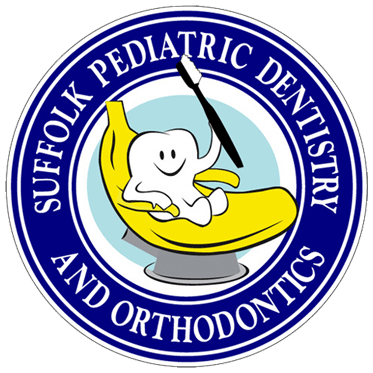Getting a tooth extracted can be an intimidating experience for both the child and the child’s parents. But this common, safe procedure can be made less frightening if you have a plan in place for your child’s recovery. To that end, it’s best to know what foods are safe to eat after extraction. Here’s a helpful list of suggestions for foods to feed your child after getting a tooth extraction.
Best Foods for Children After Having a Tooth Pulled
Until the anesthesia has worn off, your child should not eat. If they are still experiencing the effects of the anesthesia, they are more likely to bite their lip, tongue, or the insides of their cheeks. Once the anesthesia has worn off, you’ll want to stick with soft foods and plenty of liquids. Examples include:
- Fruit juice (reduced or no sugar)
- Jello
- Applesauce
- Scrambled eggs
- Instant oatmeal
- Yogurt
- Cottage cheese
- Mashed bananas
- Mashed potatoes
- Soft pasta
- Macaroni and cheese
- Creamy soup or broth
- Steamed and then mashed veggies
- Mashed avocado
Your child should not use a sippy cup or a straw for the first week after tooth extraction. The sucking motion can loosen blood clots necessary for healing. They should also avoid chewing on the side of the mouth where the tooth was extracted for a few days.
Foods to Avoid After Your Child Has Had a Tooth Removed
Knowing what foods your child cannot eat after a tooth extraction is just as important as the foods they should eat. Foods to avoid after a tooth extraction include:
- Hot foods– let all pasta, soups, etc., cool to a lukewarm temperature
- Hot beverages– hot cocoa, cider, etc.
- Spicy foods– spices can irritate the extraction site
- Acidic foods– avoid citrus fruits and juices for the first few days to prevent irritation
- Crunchy foods– nuts, pretzels, bread with a hard crust, chips, etc.
- Seeds– they may become stuck in the empty socket
- Popcorn– kernels may become stuck in the socket
- Chewy food or candy– gummy candy, taffy, caramel
- Difficult to chew foods–steak, etc.
When in doubt about whether a food is suitable, it’s best to err on the side of caution and select a soft, mild food that doesn’t require chewing. Within a day or so, your child will be able to eat normally again, so their diet won’t be restricted for very long.
Reasons a Child May Need a Tooth Removed
Pediatric dentists often prefer to avoid tooth extractions in children, even if the tooth has suffered from decay. However, this is not the case if a child is in pain.
In cases where a child has developed a cavity that is too large to be treated with a dental restoration such as a filling or crown, and the tooth is causing pain, pediatric dentists will remove the tooth.
The tooth will also need to be extracted for children who have developed an infection under the tooth (a painful condition known as an abscess).
Other reasons a child may require extraction include overcrowding of teeth that is compromising their ability to speak, chew, or breathe normally.
Finally, some children suffer from a condition known as an “over-retained” tooth. This is the term for baby teeth that have not fallen out when they need to, to allow for the adult teeth to erupt.
Schedule a Dental Appointment for Your Child Today
If your child complains of pain or you see them struggling to chew food, it’s time for them to visit the pediatric dentist. Tooth extractions are common and will not hurt your child. If your child is fearful, Suffolk Pediatric Dentistry offers safe sedation options upon request. Book an appointment at one of our five convenient locations today.

